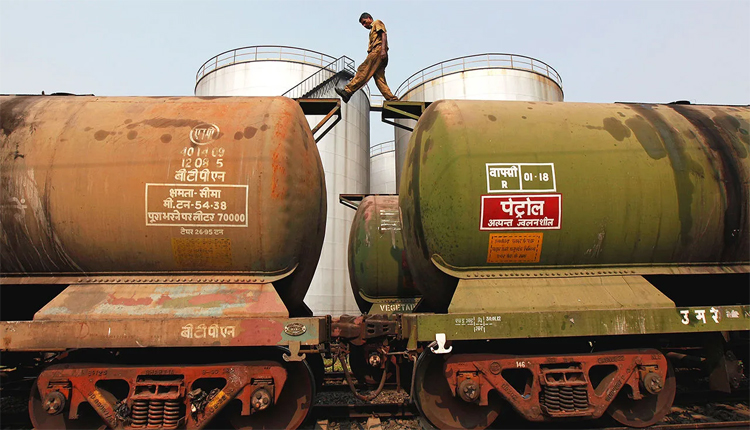Tehran: As Iran’s economy teeters on the brink of collapse, President Masoud Pezeshkian’s bold call for higher petrol prices has thrust the nation into a powder keg of public dread, evoking ghosts of the 2019 bloodbath that claimed over 300 lives.
In a stark admission during a speech in Urmia, the reformist leader declared that the current subsidised rate of 1,500 tomans per litre is untenable —”even water costs more”— but vowed no hasty moves that could “impose burdens” on citizens.
Yet, with whispers of hikes up to 5,500 tomans swirling, Iranians brace for a storm: could this be the spark that reignites nationwide rage?
Pezeshkian’s remarks, delivered amid soaring import costs — Rs 900,000 billion ($1.5 billion) spent on fuel this year alone — highlight a fiscal nightmare. Daily consumption has ballooned 40% since 2019, forcing the government to buy petrol at 30,000-40,000 tomans per litre abroad while selling it dirt-cheap at home.
Officials deny immediate plans, with Oil Minister Mohsen Paknejad dismissing rumours last month, but a leaked cabinet decree suggests a push to narrow the gap with CNG prices for “energy security.” Parliamentarian Hamid Rasaei fanned flames by claiming a new proposal could quadruple rates, including delivery and station fees.
Memories of November 2019 haunt the discourse: President Hassan Rouhani’s abrupt 50% hike, greenlit by Supreme Leader Ayatollah Ali Khamenei, triggered week-long protests. Security forces unleashed fury — internet blackouts, live ammunition — killing at least 230 (official tally) to 1,500 (Amnesty estimates), with Khamenei branding demonstrators “rioters.”
Pezeshkian, invoking that tragedy, insists on “thorough planning” to avoid societal “tensions,” echoing his election pledge: no surprises without consent. Government spokesperson Fatemeh Mohajerani reinforced this, promising dialogue.
Yet, as smuggling drains 10-50 million litres daily and poverty surges under sanctions, experts warn of volatility worse than 2019. A former interior minister, who oversaw the crackdown, cautions the current crisis is “far more concerning.” With a four-tier pricing system planned since March 2025, Iranians ask: will reform heal wounds or pour fuel on the fire? The streets hold their breath.



Comments are closed.